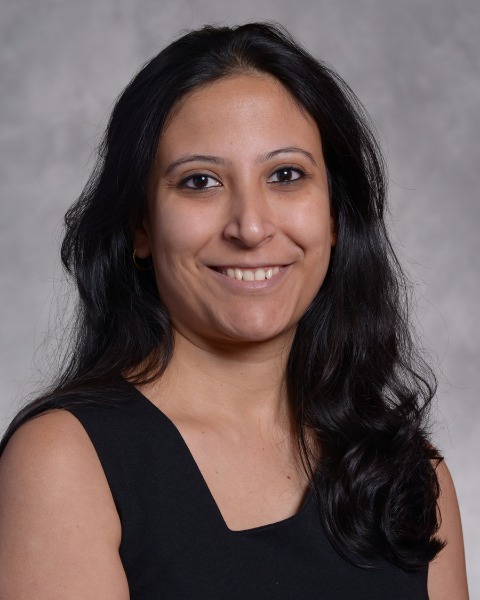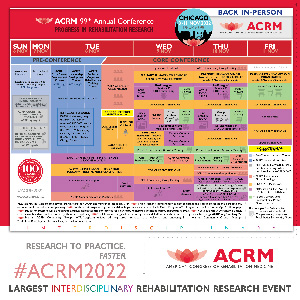Back
Award Lecture
Stroke
Technology (e.g. robotics, assistive technology, mHealth)
ACRM Young Investigator Award: Using digital technologies to design smart home programs for post-stroke rehabilitation
Thursday, November 10, 2022
1:30 PM – 2:45 PM

Sutanuka Bhattacharjya, PhD., OTR/L
Assistant Professor
Georgia State University
Atlanta, Georgia, United States
Presenter(s)
Upper limb function is fundamental to accomplishing activities of daily living (ADLs) such as holding a glass or brushing teeth; and diminished arm and hand function leads to lifetime disability and dependence on caregivers to accomplish these ADLs. Current standard practice of using written home programs do not offer real-time feedback to users. Provision of real-time quantitative feedback can promote ongoing participation and refine movements. In this award lecture, Dr. Bhattacharjya will describe her research in advancing home-based upper limb rehabilitation post stroke using digital interventions. Dr. Bhattacharjya will include findings from her prior and recent work with an emphasis on how digital technologies can be used to develop evidence-based smart home programs and provide engaging, client-centered home-based interventions post-stroke.
Learning Objectives:
- Identify common facilitators and barriers of using smart technology for self-managing of home-based rehabilitation post stroke.
- Describe how smart technology can be used to support home-based upper limb rehabilitation post stroke.
- Understand the need and urgency of encouraging use of digital technologies for designing evidence-based smart home programs post stroke.

.jpg)
